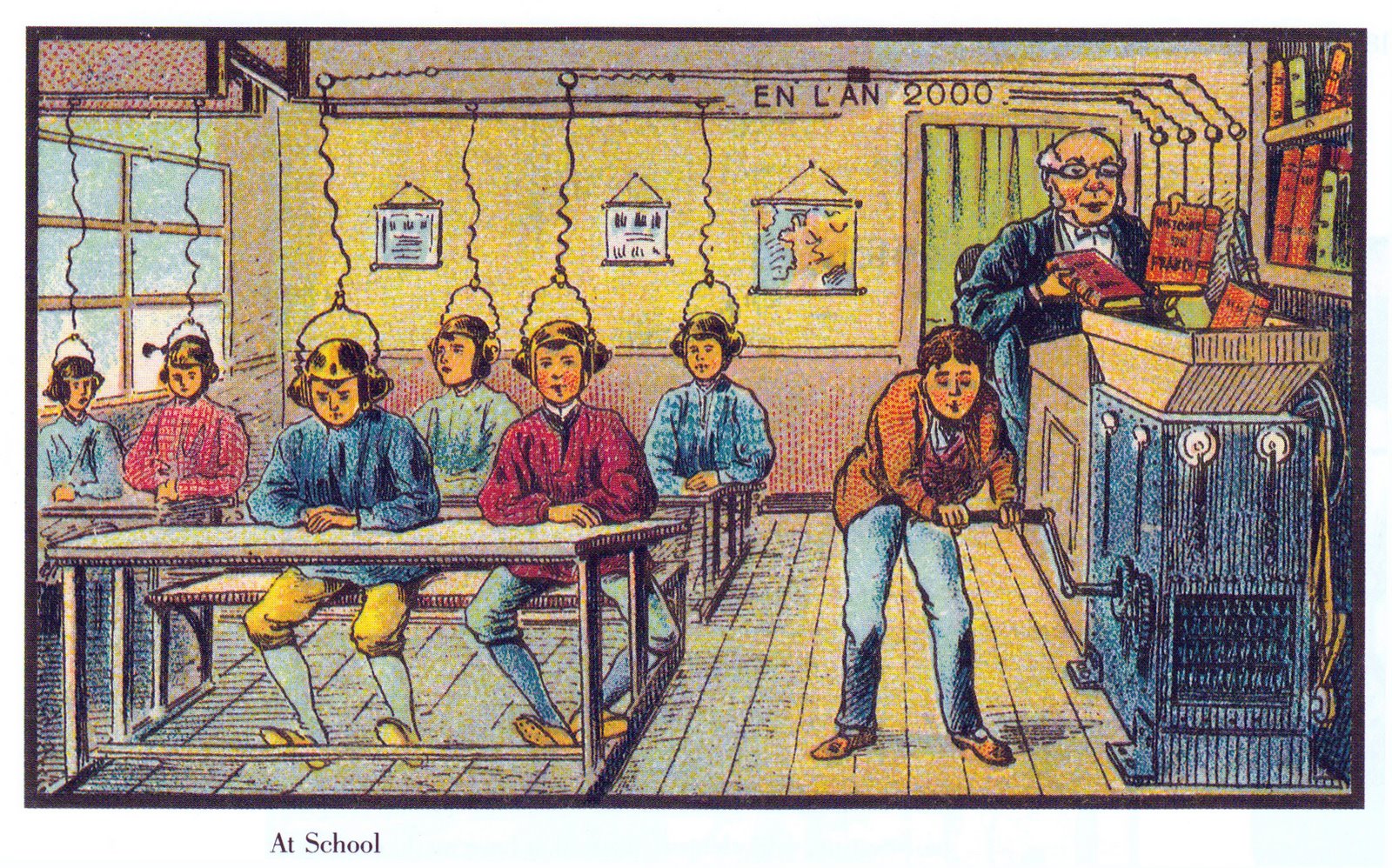How Can We Tailor Massive Education to Each Individual Learner?
02 Apr 2015In 2015 the Dutch government initiated a National Research Agenda, requesting both citizens and scientific, corporate, and societal organizations, to formulate their most pressing questions for the future. The 12000 submitted questions were condensed into the 140 overarching questions that ultimately make up the national research agenda. The post below contains my contribution (first published in Dutch on the website of the National Research Agenda).

Crowded education
An average classroom or corporate training consists of roughly 25 students/employees. A large lecture may be attended by up to 500 students. Naturally, all these learners desire education that fits them individually, which moreover is a requirement to stay ahead as a knowledge-driven economy. But how do we provide tailor-made education to 25 students in a classroom, or 500 students in a lecture hall?
More questions than answers
Technology is one possible solution: you may for instance think of ‘blended learning’. However, the effectiveness of most technological innovations stays well behind expectations. These developments for instance generally fail to tailor the instructions and feedback, the pace, the difficulty level, or leave alone the specific mode of education, to each individual learner. Moreover, some requirements such as the continuous monitoring of learning processes, and effective learning methods such as frequent testing (see ‘testing effect’), touch sensitive societal issues. Possible alternatives to the use of technology to solve these problems is an area largely unexplored.
A direction forward
Solving these issues requires an interdisciplinary approach, involving not only pedagogics, didactics, cognitive and developmental psychology, but also artificial intelligence and computer science. Moreover, it may require ‘academic’ schools (parallel to academic hospitals) that enable large-scale controlled experimentation.
Photo: Wikimedia Commons